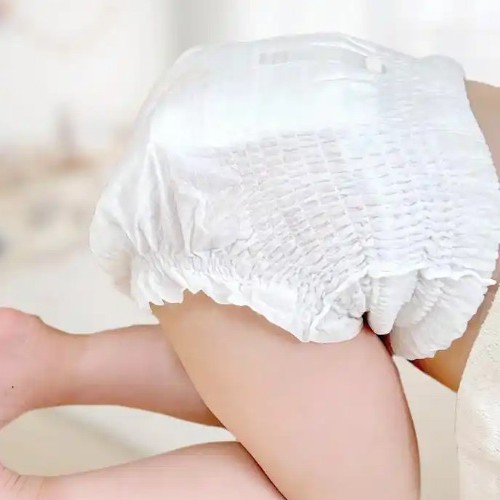In order to ensure the quality and safety of baby diapers and meet consumer needs and industry standards, an inspection guide has been specially formulated.
The following are specific inspection steps and requirements:
1. Appearance quality inspection
Inspection content:
Check whether the surface of the diaper is flat, without obvious damage, stains or impurities
Confirm that the edges are neatly cut and without obvious burrs
Check whether the elastic parts (such as waist circumference and leg circumference) are evenly distributed, without misalignment or missing
Verify whether the ventilation holes (if any) are unobstructed
Inspection method: Use visual inspection and use a magnifying glass to assist when necessary.
2. Size specification measurement
Inspection content:
Measure the key dimensions of the diaper such as length, width, and thickness.
Verify whether the elastic dimensions of the waist circumference and leg circumference are within the allowable range.
Inspection method: Use precision measuring tools (such as vernier calipers) for measurement and compare with the design specifications.
3. Weight standard detection
Inspection content: Randomly select samples and measure their weight.
Inspection method: Use a precision electronic scale to weigh, record the data and compare it with the standard value.
4. Absorption performance test
Inspection content:
Water absorption speed test: simulate rapid dripping of urine and record the time required for complete absorption.
Water absorption capacity test: measure the amount of liquid absorbed by the diaper in a specific time.
Water lock performance test: evaluate whether the diaper will re-seep after absorption.
Inspection method: Use a special test instrument and test according to the standard method.
5. Mechanical performance evaluation
Inspection content:
Tensile strength test: evaluate the tensile strength of the diaper material.
Tear strength test: verify the tear resistance of the diaper when subjected to external force.
Elastic recovery rate test: measure the recovery performance of the elastic component after multiple stretching.
Inspection method: Use a mechanical performance testing instrument to test, record the data and analyze the results.
6. Chemical composition analysis
Inspection content:
Heavy metal content detection: such as lead, mercury, arsenic, etc.
Formaldehyde content detection: Ensure that the formaldehyde content is lower than the safety standard.
Fluorescent agent detection: Verify whether the diaper contains migratable fluorescent substances.
Inspection method: Use chemical analysis instruments for detection, such as atomic absorption spectrometer, gas chromatograph, etc.
7. Microbial safety detection
Inspection content:
Total bacteria detection: Evaluate the number of bacteria on the surface of diapers.
Mold and yeast detection: Check whether there is mold and yeast contamination.
Specific pathogen detection: Such as Escherichia coli, Staphylococcus aureus, etc.
Inspection method: Use microbial culture method for detection, record and analyze the results.
8. Packaging label and integrity inspection
Inspection content:
Check whether the packaging material is clean, tidy and undamaged.
Verify whether the production date, shelf life, manufacturer, product specifications and other information on the packaging are clear and accurate.
Confirm whether the safety warnings and instructions for use on the packaging are complete and easy to understand.
Inspection method: Use visual inspection, and use measuring tools to assist when necessary.
Post time: Apr-03-2025






